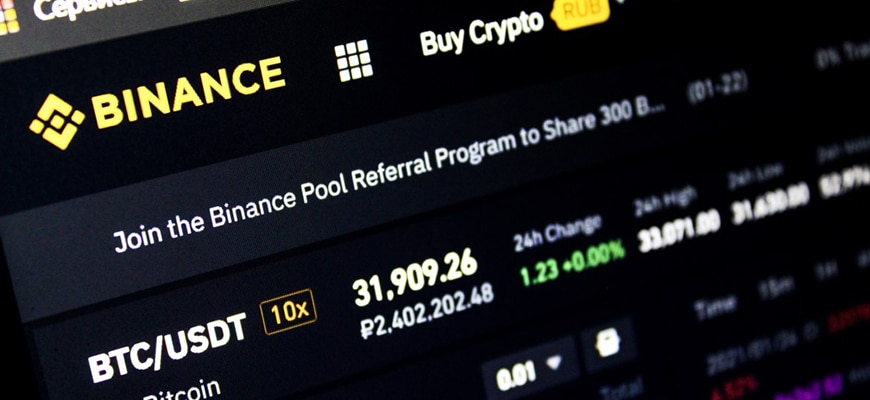Liquidity is how easily a cryptocurrency can be bought and sold without affecting the overall market price.
What is liquidity?
The liquidity metric can also be used in assessing which exchanges transact between fiat and cryptocurrency instantly and without price slippage. Often the level of liquidity is determined by the number of users of a particular platform.
In a perfectly competitive environment, liquidity reduces the ability to set a price at a discount or premium. This is due to the fact that active trading in cryptocurrency or any other asset class helps prevent price distortions. Usually a liquid cryptocurrency trades around its market price. By far the most liquid market in the world is the forex market. According to the Bank for International Settlements, as of April 2019, it had an average of $6.6 trillion in daily transactions.
As for the real estate market, it is generally considered illiquid. This is due to the fact that real estate is often not easy to sell, and this can be due to the long chain, a lot of paperwork, and also depends on other variables. Generally, traders prefer liquid markets. An illiquid market makes it difficult for participants to get in and out of positions.
The liquidity of cryptocurrencies is likely to continue to grow if their acceptance grows and virtual assets gain wider acceptance as a medium of exchange.








